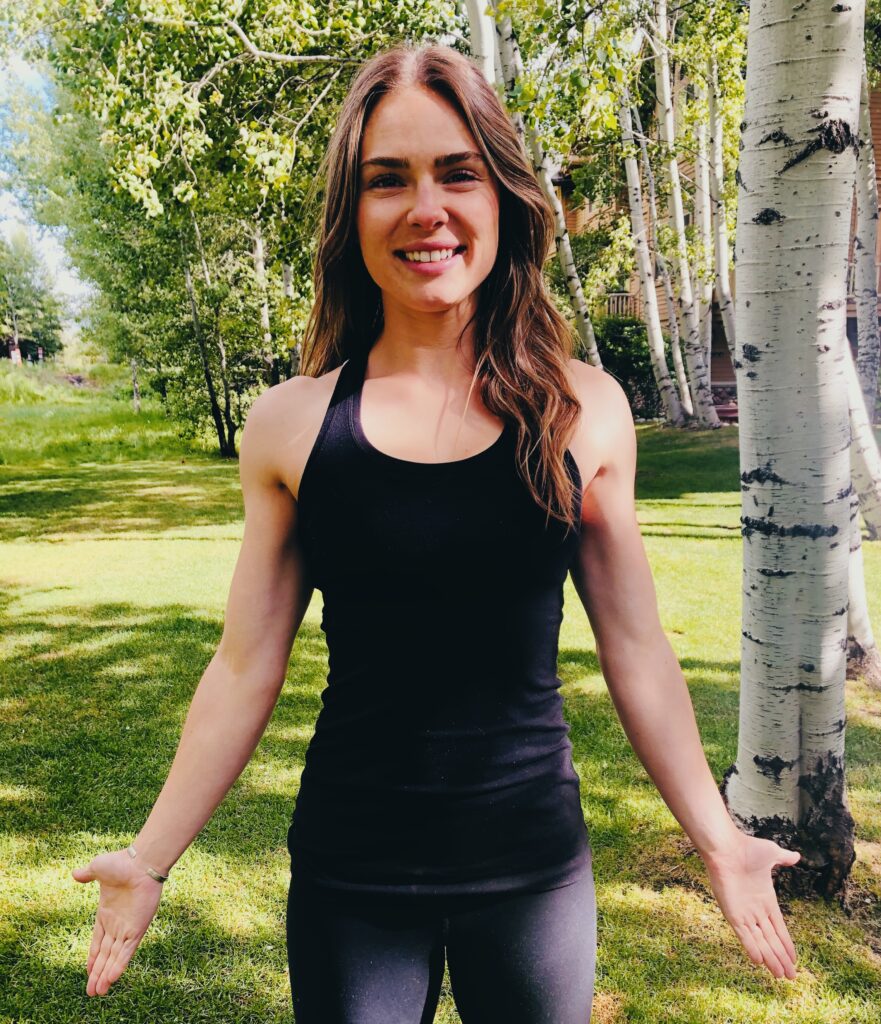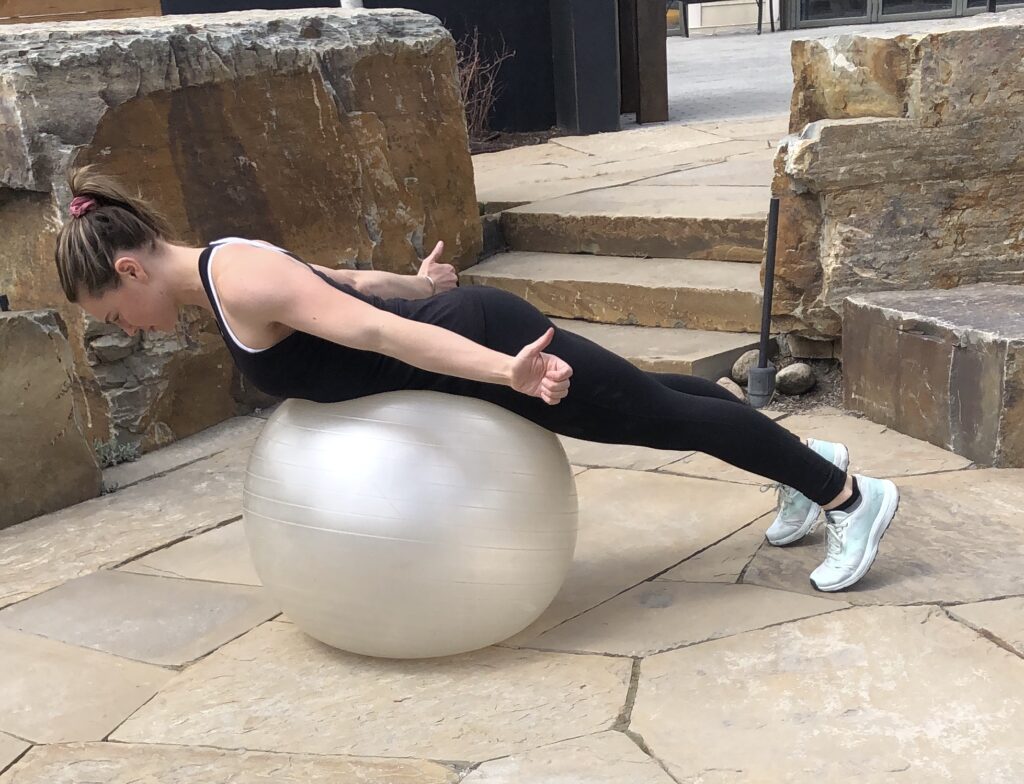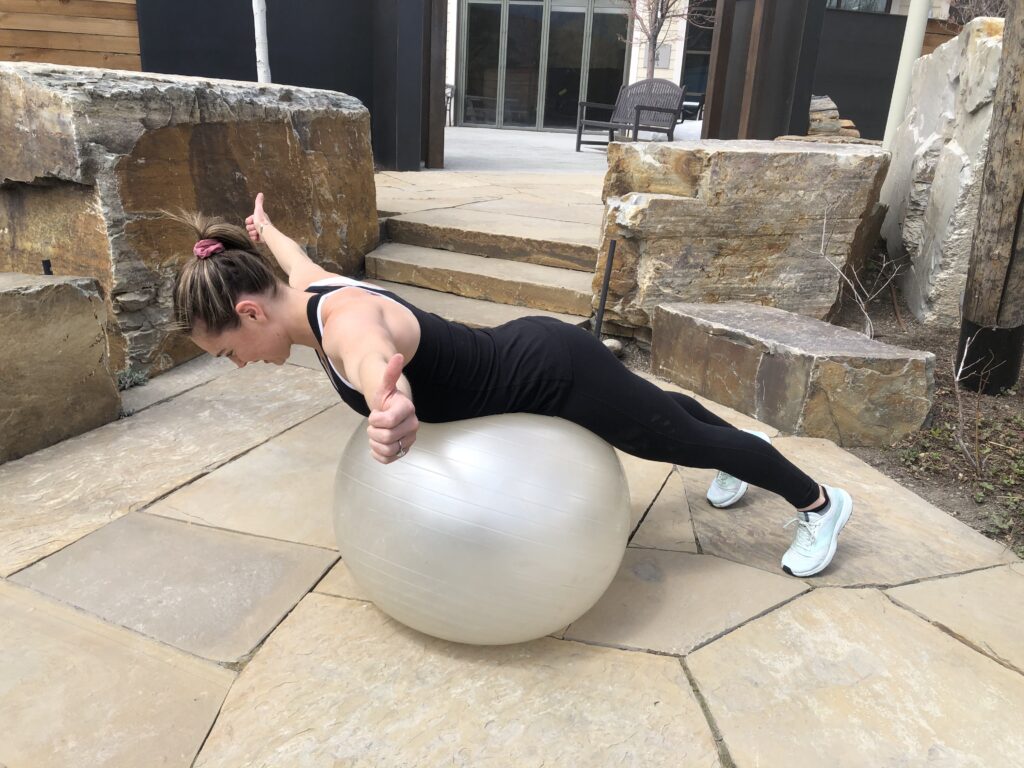Fitness guru
All -star pitcher Pedro Martinez was one of the lucky players to return to the major leagues after a complete rotator cuff tear, typically a season-ending injury. The rotator cuff is made up of muscles and tendons that stabilize the shoulder joint. Over time, damage to the rotator cuff can become significant because of the stress placed on these structures.
You don’t have to be a world-class pitcher to have shoulder problems. Ideally, we want our shoulders open and back. The shoulder girdle is unique in that it has few joints, but many muscles that attach to the upper back, as well as the chest and arms. The upper back region is important in shoulder health, as the lower trapezius, rhomboids, and rotator cuff muscles stabilize and retract the shoulder blades.
To understand how the upper back coordinates with the shoulder, notice if you raise your shoulder when moving your arm. Notice if you tighten or raise your shoulders to turn your head to look over your shoulder when driving.
Professional baseball players have to manipulate their bodies in an incredibly complicated way to throw at astounding speeds. On the mound, pitchers have to work with asymmetries in the body, using one side of the body for many, many repetitions. Their training must involve unwinding the damage caused by this imbalance and make both sides of the body function well. For the rest of us, at play and during the day, we can train and be aware of symmetry in our upper backs and shoulders.
Her are three exercises for proper functioning of the upper back and shoulders.


1. W Stretch. Stand up, with your core engaged. Pull the shoulders down and back. Externally rotate and fully extend the arms. You should feel it in the chest and front of the shoulder. The W stretch strengthens the rhomboids, traps and external rotators of the shoulder and arm. Hold 20-30 seconds, 2-3 times per day.


2. A’s on the ball. Lie on your chest on a ball, legs straight with feet firmly on the floor. The arms are straight and close to the body, resembling the letter “A.†Raise and lower the arms, externally rotating the arms from the shoulder so that the thumbs point out and up. Throughout the exercise, keep shoulder blades down and back, chin gently pushed back. Ten reps.


3. T’s on the ball. Lie on your chest on a ball, legs straight with feet firmly on the floor. Raise the arms to form a T position, palms down, then lower arms. Throughout the exercise, keep shoulder blades down and back, chin gently pushed back. Ten reps.
Connie Aronson is an ACSM Exercise Physiologist and Corrective Exercise Specialist (TBM-CES) Visit her at www.conniearonson.comand Instagram@conniearon
https://www.mtexpress.com/wood_river_journal/features/fitness-guru/article_9606c44c-cfae-11eb-8de5-cbf3271af76c.html

